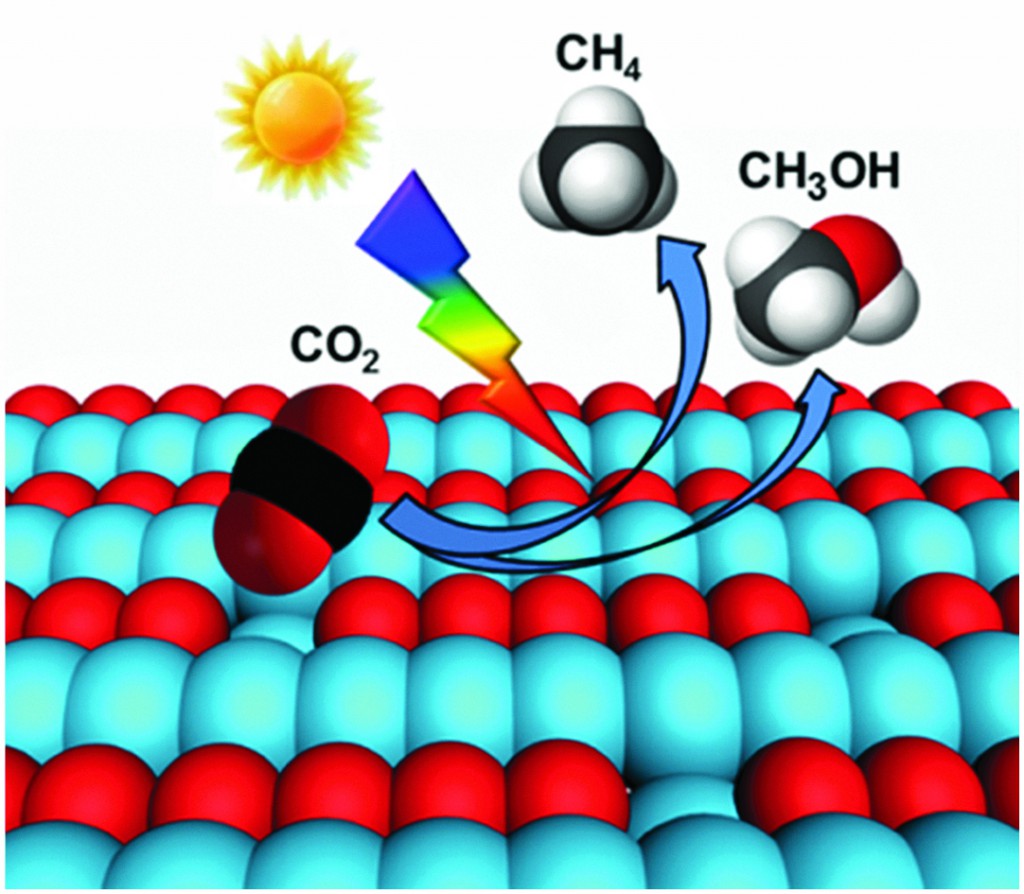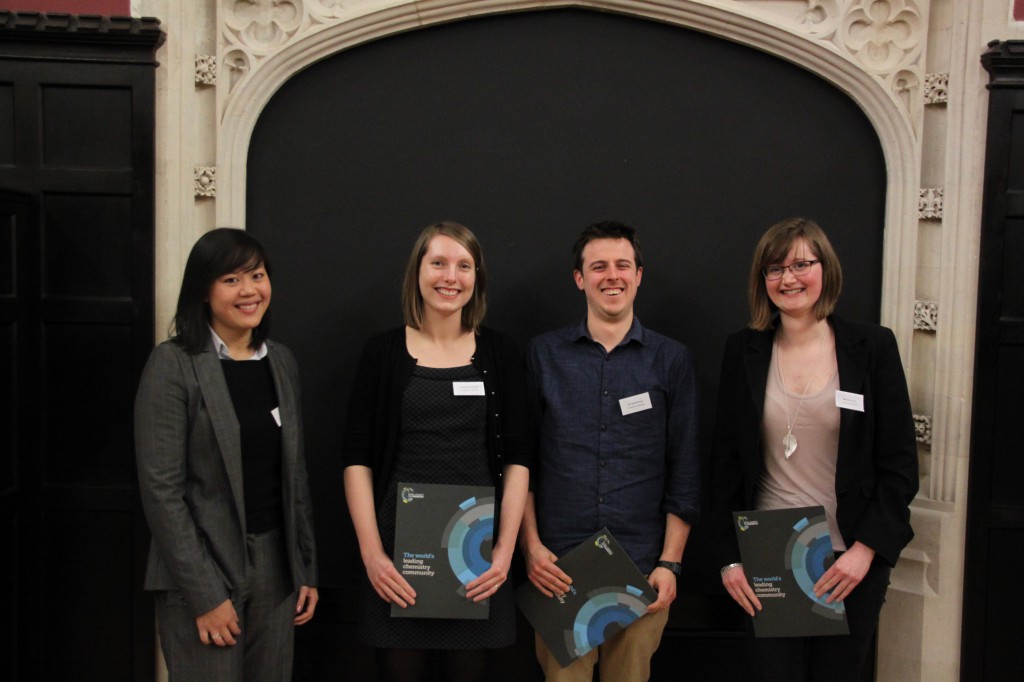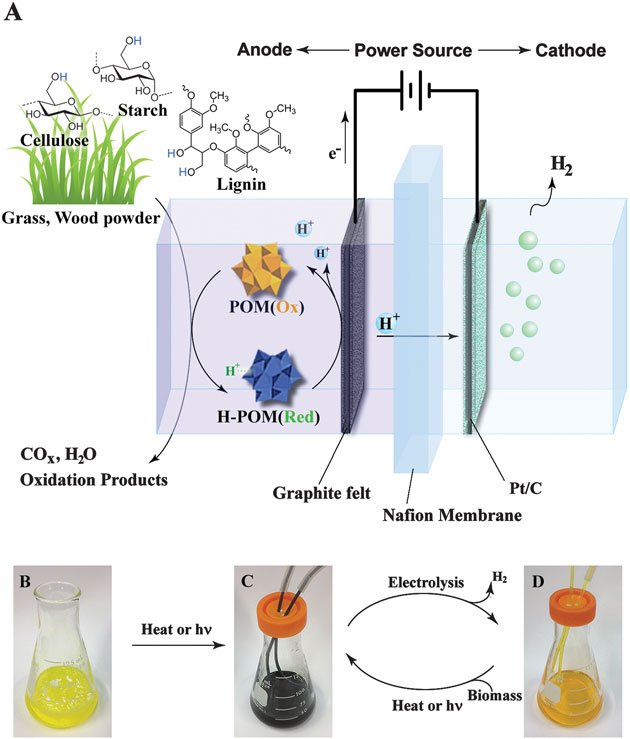We welcome Jenny Nelson as a new Editorial Board member for EES.
A Professor of Physics at Imperial College London, she has researched novel varieties of material for use in solar cells since 1989. Her current research is focussed on understanding the properties of molecular semiconductor materials and their application to organic solar cells. This work combines fundamental electrical, spectroscopic and structural studies of molecular electronic materials with numerical modelling and device studies, with the aim of optimising the performance of solar cells based on molecular and hybrid materials.
Since 2010 she has been working together with the Grantham Institute for Climate Change to explore the mitigation potential of photovoltaic, and other renewable, technologies. She has published over 200 articles in peer reviewed journals, several book chapters and a book on the physics of solar cells. She was awarded the 2009 Institute of Physics Joule Prize and medal and the 2012 Royal Society Armourers and Brasiers Company Prize for her research.
Research areas:
– Multi-scale modelling of molecular electronic materials
– Device physics of organic and hybrid solar cells
– Electronic, spectoscopic and structural characterisation of molecular electronic materials
– Mitigation potential of solar photovoltaic technology












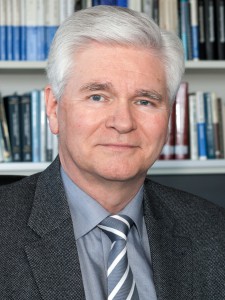
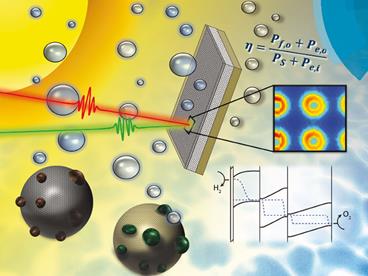

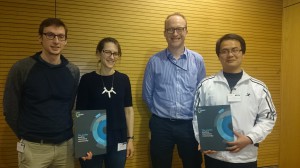
![IWPEEA_Banner-799x261[1]](https://blogs.rsc.org/ee/files/2016/04/IWPEEA_Banner-799x26112-300x97.png)
